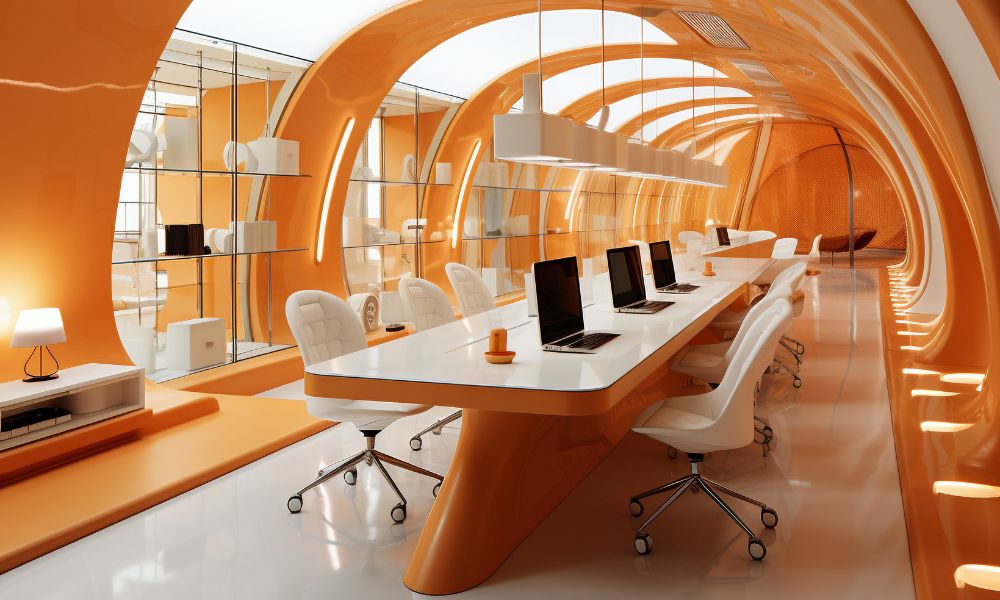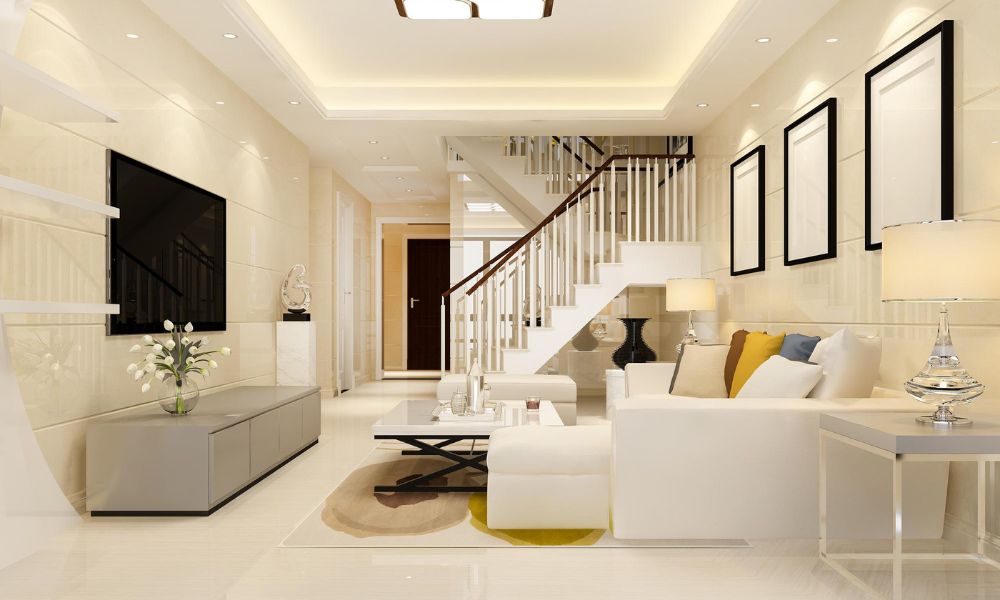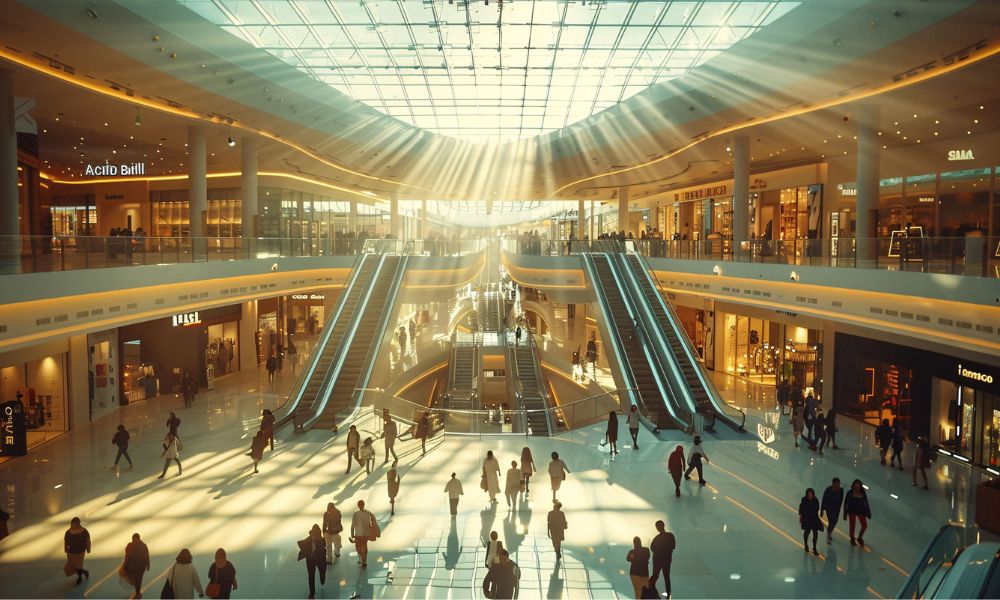Discover how retail store design shapes customer experiences—boosting engagement, sales, and loyalty with innovative layouts and aesthetics.
Retail Store Design Makes Customer Experience Memorable
Introduction
In today’s competitive retail market, success is no longer just about offering products—it’s about offering experiences. A customer’s first impression often decides whether they make a purchase, stay longer, or return to the store. This is where retail store design becomes a game-changer. Beyond shelves and displays, it creates an environment that inspires, engages, and connects emotionally with shoppers.
A well-planned retail store design blends aesthetics with strategy, making every corner of the store an invitation to explore. In this blog, we’ll uncover how thoughtful design turns shopping into a memorable journey, encouraging both sales and brand loyalty.
What Is Retail Store Design?
Retail store design is the art and science of arranging space, aesthetics, and customer flow to enhance shopping experiences. It is not only about visual appeal but also about how people move, interact, and feel inside a store. Key elements of retail store design include:
- Layout planning for easy navigation.
- Lighting strategies that highlight products and create ambiance.
- Color schemes and materials that align with brand identity.
- Furniture and fixtures that balance function and beauty.
- Sensory elements like music, scent, and texture to engage emotions.
Together, these elements turn a simple shopping trip into an experience worth remembering.
Why Retail Store Design Matters
A customer’s experience in a store goes beyond the product. Studies show that retail store design directly impacts purchasing decisions and brand loyalty.
- First impressions count: Shoppers decide within seconds whether they want to explore further.
- Customer flow matters: A logical layout prevents confusion and enhances convenience.
- Emotional connection drives loyalty: Thoughtful design fosters positive emotions, making customers return.
- Sales boost: Strategic placement of products can increase impulse buys.
In short, great retail store design is as crucial as the products themselves.
The Psychology Behind Retail Store Design
Design isn’t just visual—it’s psychological. Retailers use design to guide emotions and behavior:
- Lighting: Warm lighting creates intimacy, while bright lighting energizes.
- Colors: Cool tones relax, bold tones excite.
- Music: Upbeat music accelerates shopping; slower beats encourage browsing.
- Scents: Pleasant aromas influence mood and spending.
These subtle cues show how retail store is not decoration but a strategic tool.
Elements of Memorable Retail Store Design
1. Layout and Flow
A store’s layout determines how customers move and interact. Popular layouts include:
- Grid layout: Practical for supermarkets and convenience stores.
- Loop layout: Directs shoppers through a guided path, maximizing exposure.
- Free-flow layout: Creative and open, often used in boutiques.
2. Lighting and Ambience
Strategic lighting highlights key products and sets the tone. Accent lights on displays can make products more desirable.
3. Visual Merchandising
Product displays should tell a story. Grouping complementary items inspires customers and boosts cross-sales.
4. Branding and Identity
Every design element should reflect the brand’s personality. A luxury store may use marble and gold tones, while an eco-brand may prefer wood and greenery.
5. Technology Integration
From smart mirrors to interactive kiosks, modern retail store design embraces technology to engage customers.
Retail Store Design and Customer Experience
A well-designed store goes beyond convenience—it creates memories.
- Comfortable spaces: Seating areas, wide aisles, and intuitive signage enhance comfort.
- Interactive zones: Demo areas or experience stations invite customers to engage directly with products.
- Seamless checkout: Efficient design reduces waiting time and frustration.
- Emotional storytelling: Visual themes connect customers with the brand narrative.
When customers feel valued and inspired, they are more likely to buy and return.
Sustainability in Retail Store Design
Modern consumers care about sustainability. Incorporating eco-friendly design elements can attract conscious shoppers:
- Recycled or renewable materials.
- Energy-efficient lighting and climate control.
- Natural light optimization.
- Waste-reducing layouts.
Sustainability makes retail store design not just memorable but also responsible.
Tips for an Effective Retail Store Design
- Know your audience – Tailor design to customer preferences.
- Keep it simple – Avoid clutter, focus on clarity.
- Create focal points – Highlight star products with displays.
- Ensure accessibility – Easy navigation for all customers.
- Update regularly – Fresh displays keep customers curious.
- Use sensory design – Combine sight, sound, and scent to enhance experience.
Case Study: How Retail Store Design Transforms Brands
Consider Apple Stores. Their retail store design is minimalist yet interactive, encouraging customers to try products freely. Spacious layouts, bright lighting, and sleek materials reinforce the brand’s identity. This shows how design not only influences sales but also builds a global brand image.
Shopping today is not just about products—it’s about experiences. Thoughtful retail store transforms a simple visit into a memorable journey. From layouts and lighting to technology and sustainability, every design choice shapes how customers feel and respond.




